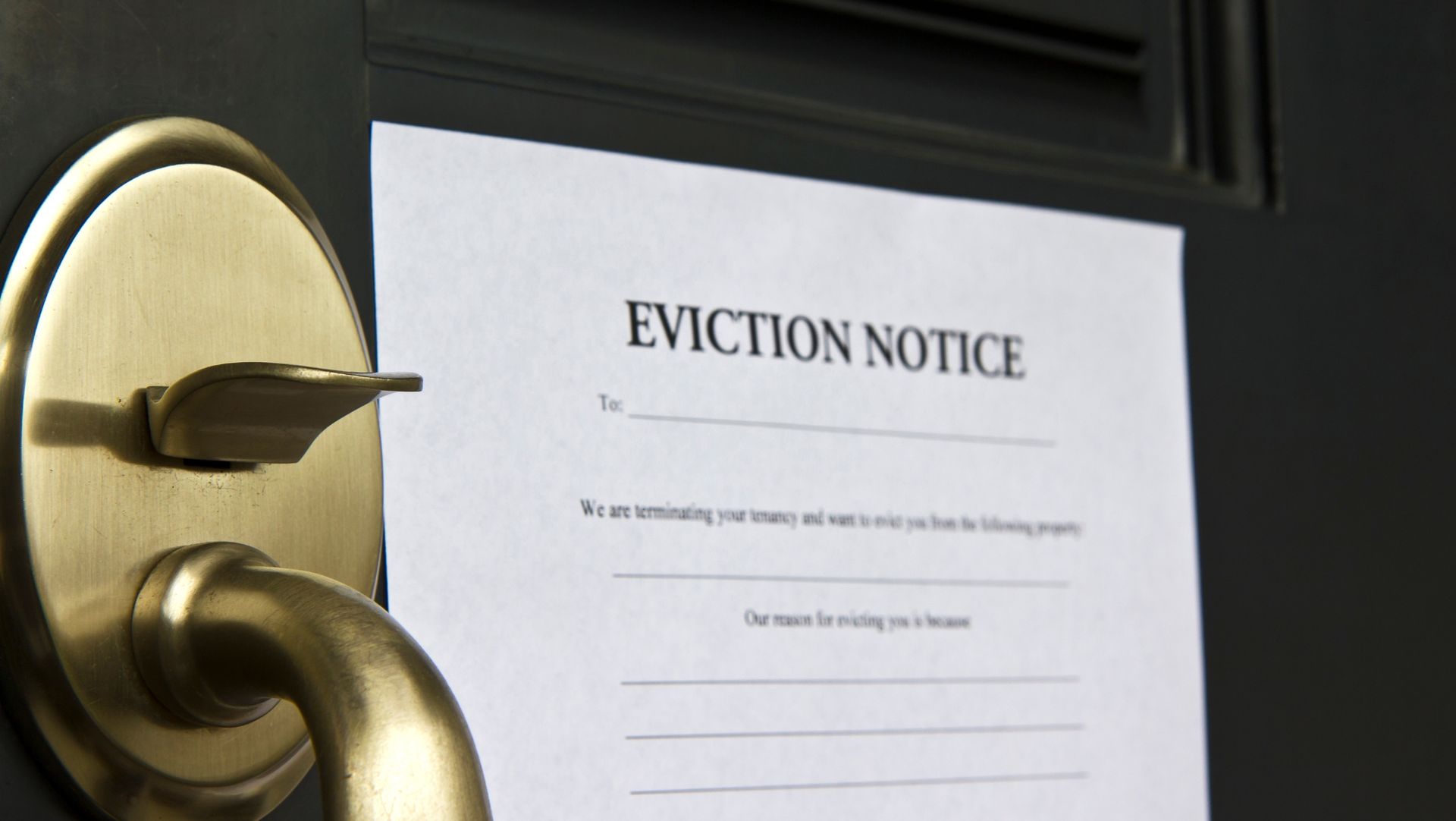Why AB 246 & AB 628 Could Spell Trouble for California Landlords
Understanding the Difference: 30-Day and 60-Day Notices vs. Eviction
Understanding the Eviction Process in Redding, CA: A Complete Guide

No property owner ever wants to file an eviction. It’s stressful, time-consuming, and usually the last resort after every other attempt has failed. But understanding the process helps protect your investment and keeps things compliant with California law. Whether it’s a 3-Day Notice for non-payment or a 30/60/90-Day Notice to terminate tenancy, knowing what happens at each step can save you from costly delays.
Let’s break down how these notices work in California especially for Redding property owners managing rentals through Authority Property Management.
The 3-Day Notice is typically used when a tenant either:
Here’s how it plays out:
Tip for Redding Property Owners: Always ensure your notice is properly served and worded. Mistakes in this step can force you to start over and lose valuable time.
These longer notices are used when you’re not dealing with nonpayment but rather ending a tenancy — such as a month-to-month renter or when the owner decides to sell or move back in.
Eviction isn’t about “kicking someone out” — it’s a legal process that requires precision and patience. Each misstep can delay your case by weeks or months.
That’s where professional management helps. Our team at Authority Property Management in Redding, CA handles the notices, filings, and coordination with the courts and sheriff. We ensure compliance with every California housing law so you don’t have to navigate the maze alone.
We also help you avoid eviction altogether through proactive tenant screening, consistent communication, and clear expectations from day one.
While eviction is never fun, understanding each phase gives you control and peace of mind. Whether it’s a 3-Day Notice or a 90-Day move-out, following the right process protects your property and investment.
If you’re a Redding property owner who wants less stress and more confidence, our team is here to help.
Call us at (530) 410-6085 or visit Authority Property Management to learn how we handle tenant issues from start to finish so you don’t have to.
Share this post with a friend!
Disclaimer: The content on this blog is for informational purposes only and is not intended as legal or advice. Consult with a qualified professional for specific advice.

Anderson, Bella Vista, Cottonwood, Happy Valley, Igo, Keswick, Lake California, Millville, Mountain Gate, Oak Run, Ono, Palo Cedro, Redding, Shasta County, Old Shasta, Shasta Lake,
Authority Property Management Inc. in Redding, CA is a licensed Property Management Company and Rental Agency. We offer comprehensive real property management services in Shasta County and surrounding areas. Our expertise includes managing rental properties, single-family homes, apartments, and commercial properties.
Contact Us Today For Expert Property Management Services In Redding, CA!
2025 Authority Property Management Inc., Redding, CA. All Rights Reserved. View Our Privacy Policy